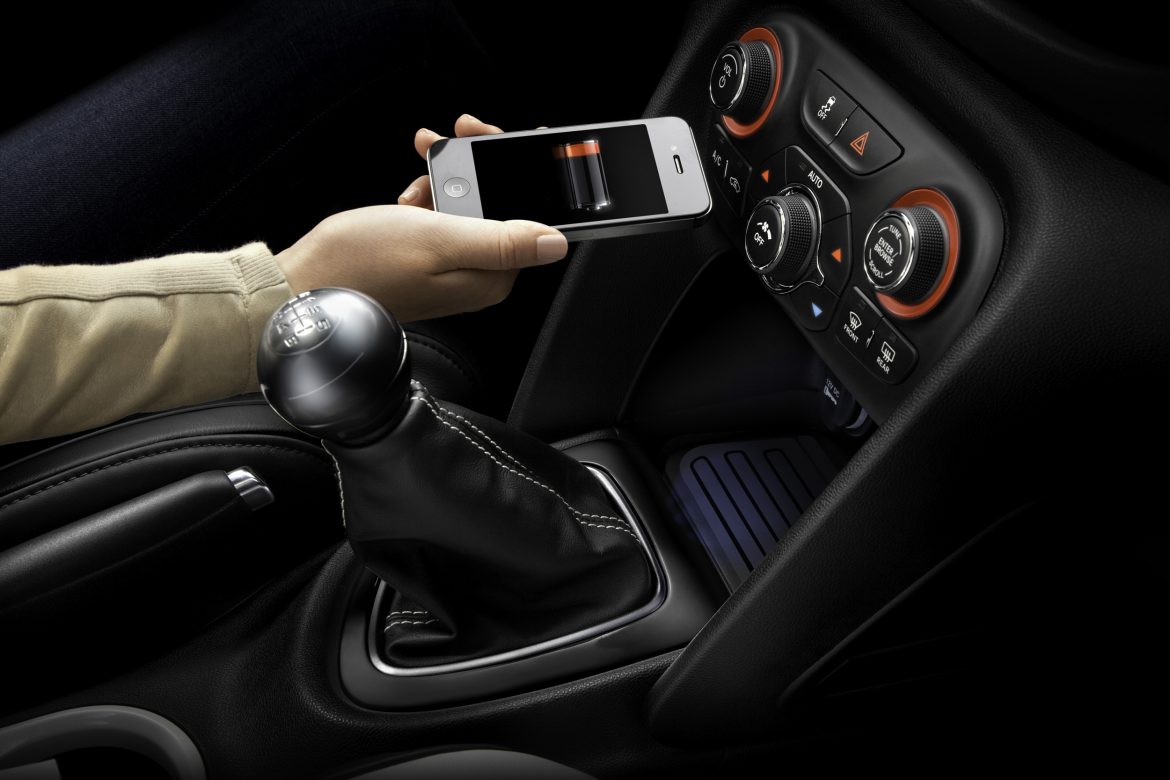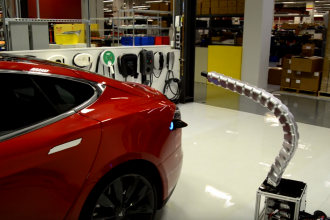You’re driving along in your car when all of a sudden your phone starts going off. Perhaps you can ignore it one time, but the person keeps ringing and ringing. Instantly, you assume that this must be an important call that can’t wait. The only problem is, you’re sitting behind the wheel of your car on a busy road. Traffic is all around you, and you’re not entirely sure of the best way to deal with this situation.
So, today’s guide will take you through the right and wrong ways to answer your phone while driving. We’ll begin with the wrong way, outlining everything that you absolutely should not do to stay as safe as possible. Then, we’ll talk about the best ways you can handle the situation, with some tips sprinkled in to help you out.
THE WRONG WAY TO ANSWER YOUR PHONE WHILE DRIVING
The absolute worst way to answer your phone while driving is to take it out and hold onto it while continuing to drive around. A huge percentage of car accidents are caused by reckless or distracted driving, and answering your phone like this falls into both categories. When you have one hand holding your phone to your ear, you only have one on the steering wheel. Already, if you don’t drive an automatic car, there’s a significant problem to address – how will you change gears?!
Even if you drive an automatic, the issue of being distracted or hindered still exists. You shouldn’t drive one-handed, but it’s more the fact that your brain is now focused on two completely different tasks. You have to keep your phone up to your ear and focus on that conversation while also looking ahead and driving safely. It’s no wonder that so many accidents are caused by people on their phones!
Another ‘wrong’ way to answer your phone while driving is to use hands-free sets incorrectly. Propping your phone on a stand in front of you will mean that you don’t have to hold the phone to your ear, true. However, the wrong way to deal with hands-free is to manually still answer the call on your phone. This means you still have to look at the phone and press the answer button, which can be distracting. Yes, talking is easier as they’re on speakerphone – which you also have to click to set, by the way – but there’s still a distraction involved. The process of answering the call can turn your attention from the road for a split second or two, and that’s all it takes to cause an incident of some kind.
So, as a sort of summary for this section, the wrong way to answer the phone is by doing anything that makes you physically touch the device or turn your attention away from the road ahead of you.
THE RIGHT WAY TO ANSWER YOUR PHONE WHILE DRIVING
Keeping all of the above in mind, what is the right way to answer your phone while driving? Ideally, the best thing to do is to pull over and answer a call. Speaking on the phone while driving is still a slight distraction, so the safest approach is to find somewhere to pull over and then respond to the phone call. Even if this means you have to let it ring a few times before answering, it will be safe as you don’t endanger yourself or anyone else on the roads.
What if there’s nowhere for you to stop and pull over? For example, you’re in the middle of a long traffic jam on the highway, stuck in the middle lane. Here, there are a few tips you can try to answer your phone while driving and still be as safe as possible:
- Use a proper hands-free setup – Realistically, most cars are equipped with Bluetooth to let you connect your phone. Here, you can use hands-free as it should be used. In essence, the phone connects to the car, and you can control it via buttons on your steering wheel. When a call comes through, you can press one button without taking your hands off the wheel or eyes off the road. It minimizes distractions, making it safer.
- Set personalized ringtones – Another tactic is to set personalized ringtones for your contacts. At the very least, set them for important contacts whose calls matter to you. This way, when your phone goes off, you can deduce who is calling without having to glance at anything. Similarly, you can decide if it’s worth picking up or not. If you get a call and notice the tone is the one you set for your boss, then chances are you should answer it!
- Use voice assistants – All smartphones are equipped with internal assistants for you to take advantage of. Siri is the most obvious one, but other options exist in Android devices as well. You can use these to your advantage when driving, basically telling your phone what to do. You can dictate a message to send to someone that has tried to call you, asking them if it is serious. When their reply comes through, you can ask your device to read it for you. This way, you can understand if a call is important enough to take. It can save you from taking lots of calls in the car that just aren’t worth answering. The fewer calls you take, the less of a risk you present.
In conclusion, there are two different approaches to answering a phone in your car. Firstly, you should never pick up the device or hold it to your ear. It’s crucial that you keep your hands away from the phone at all times, potentially even hiding it from view. The best way to deal with phone calls is to find a safe place to park up and then answer the phone. As touched upon, this isn’t always possible. Instead, you need to be completely hands-free, linking your phone to your car and answering it via steering wheel buttons or AI assistants.
Photo Credit: Newspress


